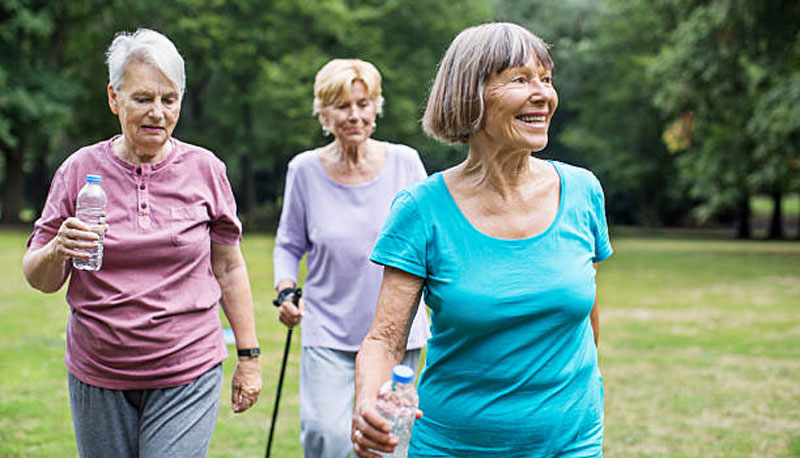 Mobility is crucial for getting you through the day. You have to walk across the room to the kitchen or go to the grocery store. If you cannot move from one place to another, you become dependent upon people which can cause someone to feel depressed from losing their freedom and independence. Nobody wants to be fully dependant upon another person. You become a stay-at-home person, and you become depressed. Since you cannot get to the bathroom by yourself, immobilization may lead to incontinence. As such, you can suffer from urinary infections. Mobility issues are common among senior citizens. Aging comes with effects such as muscle loss, balance issues, and others which lead to the loss of mobility. Read on to discover the top four senior mobility issues.
Mobility is crucial for getting you through the day. You have to walk across the room to the kitchen or go to the grocery store. If you cannot move from one place to another, you become dependent upon people which can cause someone to feel depressed from losing their freedom and independence. Nobody wants to be fully dependant upon another person. You become a stay-at-home person, and you become depressed. Since you cannot get to the bathroom by yourself, immobilization may lead to incontinence. As such, you can suffer from urinary infections. Mobility issues are common among senior citizens. Aging comes with effects such as muscle loss, balance issues, and others which lead to the loss of mobility. Read on to discover the top four senior mobility issues.
- Falling. Even if an older adult seems to have strong bones and do not seriously hurt himself when he falls, he could still be having mobility problems. Even a few falls within one year could indicate that there is a problem. People fall when they stumble on something, but also when their feet are slow. Additionally, they can get off-balance and fail to correct their body position on time. Frequent falls may cause injury, which can lead to life-threatening complications.
- Avoiding the Stairs. You may have noticed that your older adult tends to avoid the stairs. Some may even opt to spend more time downstairs while at home. Stairs require some extra strength, balance, and energy. Seniors may lack this energy. If your older adult seems to avoid the stairs, consider talking to them to find ways to uplifting mobility. If your senior does not have any physical challenges that can make them avoid the stairs, it could be that they fear falling. Find ways to address these issues before they can affect their long-term mobility.
- Difficulty with Sitting and Standing. Some seniors may have problems when standing up from a couch or lowering themselves into bed. Having these challenges is a clear indicator of potential mobility problems. Sitting and standing is a vital movement in our daily lives. You can try the sit-to-stand exercise with your senior to determine whether they have any challenge. Some may look for furniture to hold on to for support. Others may be slow or unsteady when standing. Either way, talk to your doctor for advice.
- Balance. Several factors, including medication side effects, can lead to having trouble with balance and dizziness. Additionally, problems that come with aging like joint stiffness, slow reaction times, and muscle weakness can reduce the ability to stay balanced. These issues can lead to difficulties when walking, standing, or performing any physical exercise. Have a doctor test and treat any underlying problems before your senior develops a long-term mobility issue. Doctors may recommend mobility aids such as canes, or targeted exercises.
With early intervention, it is possible to prevent the adverse effects that come with immobility. Checking on an older adult’s mobility is simple. You can use the GetUp and Go test. Here, you ask the person to stand up from sitting in a chair, walk some distance, turn around, walk back, and sit down. See how steady the person is and how long it took them to complete the exercise. Then you can evaluate them and provide helpful recommendations to prevent fall risks in the future.

